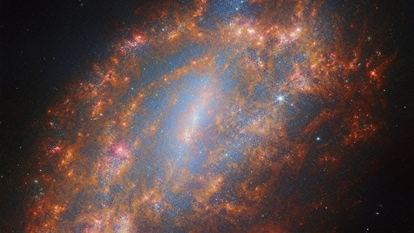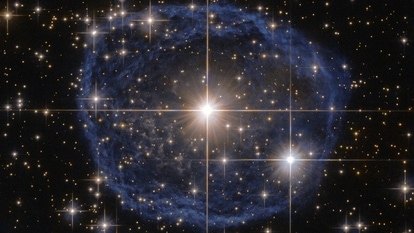This huge 4921-foot HIDDEN asteroid can HIT Earth, study warns of danger to humanity
Scientists have discovered the largest potentially hazardous asteroid in the last eight years which went undetected by hiding behind the Sun. It can strike the Earth one day.
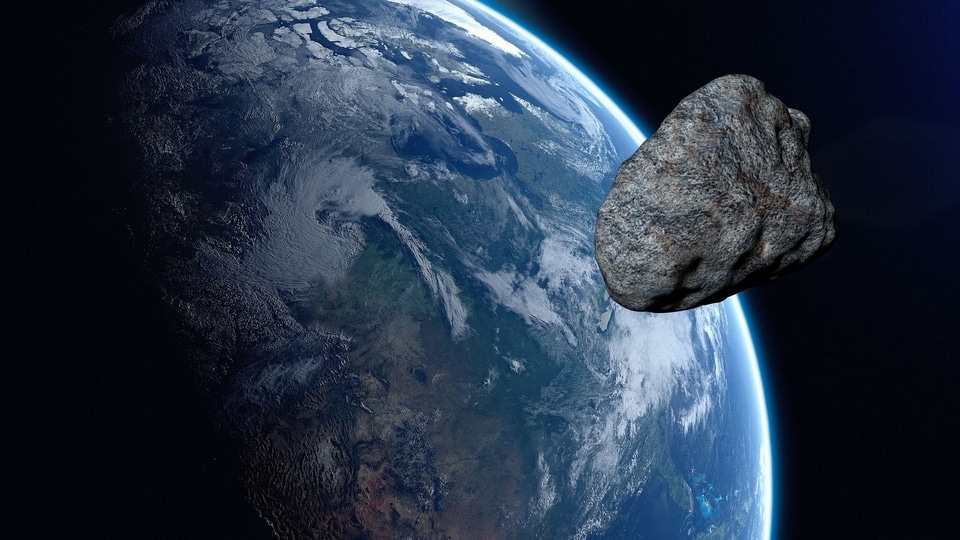

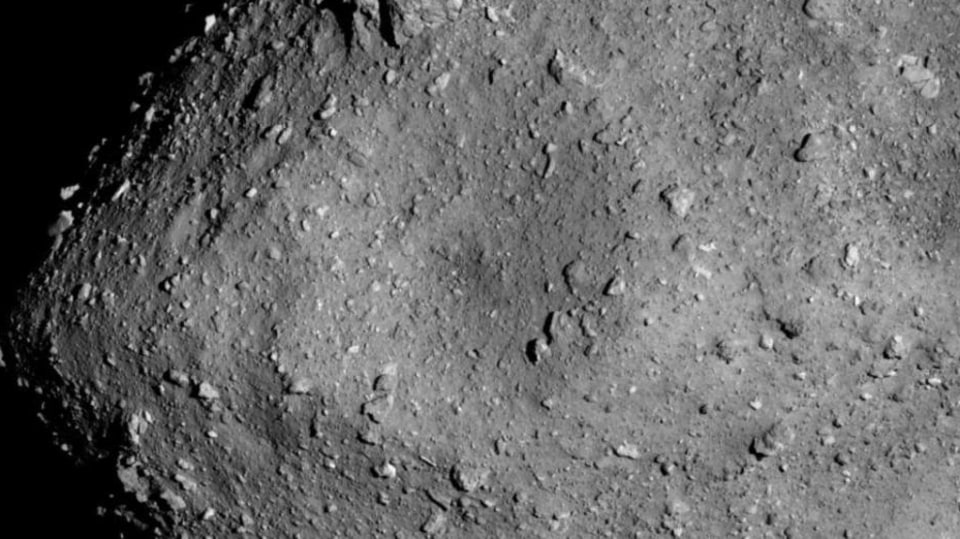
_1639115875543_1639115887157.jpg)
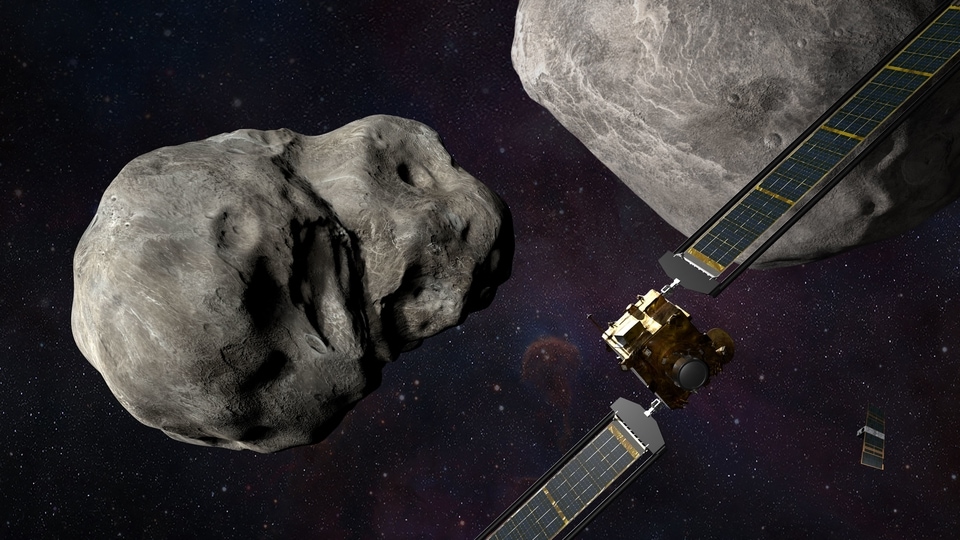
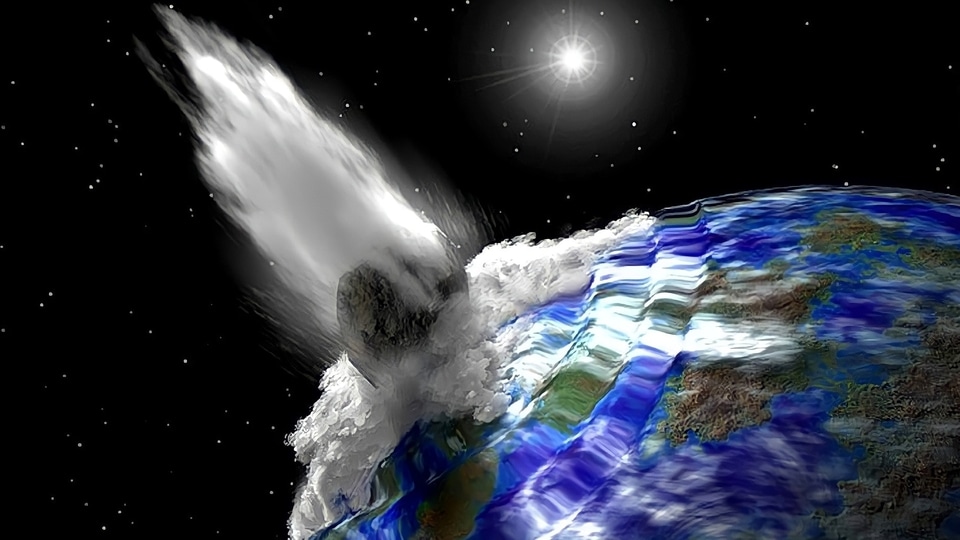
 View all Images
View all ImagesThe various telescopes on Earth and on satellites orbiting the Earth have discovered more than 20,000 near-Earth objects (NEOs), which could someday in future hit our planet. But when it comes to discovering asteroids roaming completely within Earth's orbit, our record is very poor. So far, we have only discovered 25 such asteroids. The reason behind it is that the glare of the Sun stops modern telescopes from fully gazing around the sky to find out asteroids that can be lethal to our planet. A study has recently discovered one such space rock and by its claims, it is the largest potentially hazardous asteroid to be discovered in the last eight years with a width of 1.5 kilometers (4921-foot asteroid, approximately). And what's concerning is that it can strike the Earth one day.
Largest potentially hazardous asteroid discovered
The study has been published in The Astronomical Journal and has used the Dark Energy Camera (DECam) mounted on the Víctor M. Blanco 4-meter Telescope at Cerro Tololo Inter-American Observatory in Chile to find this scary space rock. The asteroid has been named 2022 AP7. The concern with this particular asteroid is that compared to other such celestial bodies, its orbit is entirely within Earth's orbiting space, and due to how it is placed, it can someday cross paths with our planet. And the bigger fear is that there can be more of the same.
“Our twilight survey is scouring the area within the orbits of Earth and Venus for asteroids. So far we have found two large near-Earth asteroids that are about 1 kilometer across, a size that we call planet killers,” said Scott S. Sheppard, an astronomer and the lead author of the study in a statement. “There are likely only a few NEAs with similar sizes left to find, and these large undiscovered asteroids likely have orbits that keep them interior to the orbits of Earth and Venus most of the time”, he added.
The main reason why discovery of such asteroids have been so slow is because of the intense glare of the Sun. As telescopes contain highly light-sensitive instruments to view objects far away in space, a bright light from the Sun can either overexpose any image taken or damage the instrument itself. This is why most telescopes only operate on the night sky-field of the Earth.
“Only about 25 asteroids with orbits completely within Earth's orbit have been discovered to date because of the difficulty of observing near the glare of the Sun,” revealed Sheppard.
Catch all the Latest Tech News, Mobile News, Laptop News, Gaming news, Wearables News , How To News, also keep up with us on Whatsapp channel,Twitter, Facebook, Google News, and Instagram. For our latest videos, subscribe to our YouTube channel.








